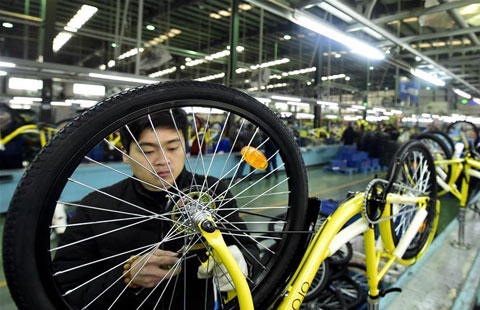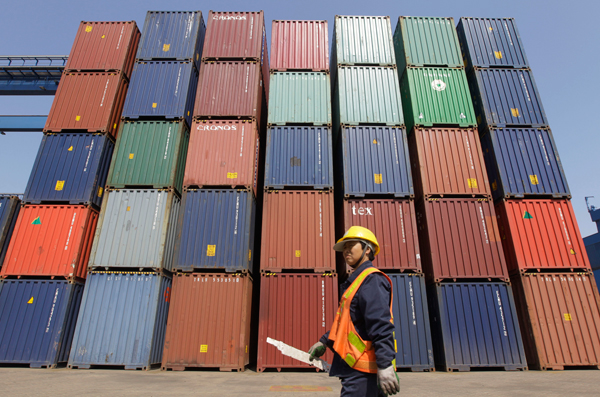Asia's cooperation insufficient
Globalization, trade liberalization, supply chains and production networks. Combined, these factors have transformed Asia over the recent decades. Breaking down barriers to doing business across borders in Asia - economic integration - continues to deepen on its own. The problem is that economic cooperation between governments has struggled to keep up. Without it, market failures in one sector can lead to economic crisis, and a crisis in one country can easily spread to its neighbors, the region and the world.
In Asia, there was a great surge in economic cooperation in trade, investment and finance following the 1997/98 Asian financial crisis. The momentum continues, but among policymakers, there is a sense that the shine is fading.
Regional cooperation and integration in Asia moves on two main fronts - from the bottom up and from the top down. The first involves actual physical connectivity - roads, railways, communications and ports (both sea and air) - that attracts investments. But for this to work seamlessly, the second is needed. Regulatory frameworks, supervision, and macroeconomic policies - from banking and markets to financial safety nets, exchange rate stability and fiscal monitoring - need synchronization across borders as well.
Cooperation and integration steadily thrive at the subregional level, where low income countries stand to gain most. One of the best "bottom-up" examples of regional cooperation and integration - and one that Asian Development Bank has supported since its inception in 1992 - is the Greater Mekong Subregion Economic Cooperation Program, which includes Cambodia, Yunnan province and the Guangxi Zhuang autonomous region of China, Laos, Myanmar, Thailand, and Vietnam.
The GMS Program has been impressive in building physical connectivity, such as cross-border roads, power and telecoms. Cooperation has also allowed power to be traded across the region. Ongoing and planned national grid investments in Cambodia, Laos and Myanmar serve as building blocks for the regional grid while enhancing modern energy access to remote areas. This has turned on the lights in many GMS households - electricity access has roughly doubled from an average of around 37 percent in 1994 to about 69 percent in 2009, mostly benefiting the poor in remote, rural areas.
In telecoms, cooperation has focused on coordinating the development of the GMS Information Superhighway Network, to provide a broadband platform among GMS countries for e-commerce, e-government and e-learning.
While much has been done to enhance physical connectivity, greater focus is needed on the more difficult and complex issues like implementing the GMS Cross-Border Transport Agreement - getting goods efficiently through customs and harmonizing power system policies and regulations. Now starting its third decade, the GMS program is widening and deepening existing corridors through investments aimed at urban development, bettering rural-urban links and integrated area development along the corridors.
























